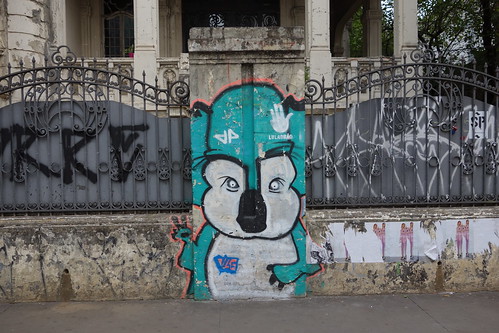(Day 5 of 5 Days, 5 Themes)
This week I re-read George Saunders’s graduation speech that he delivered at Syracuse University last year. If you haven’t read it yet, please just go do that now. It’s really lovely.
He spoke about the value of kindness: “It’s a little facile, maybe, and certainly hard to implement, but I’d say, as a goal in life, you could do worse than: Try to be kinder.”
As a design principle that holds up pretty well. Try to be kinder. Design research can guide us by helping us see what problems people are having and where we can help.
This week I dove in deep with a set of fairly complex research methodologies. While I enjoy pushing the edges of where we can go as design researchers, on this last day of 5 Days, 5 Themes I wanted to end on a lighter, simpler note: to find new opportunities for design, just be kind. Pay attention to your customers, to your users, to people who could potentially be customers or users. Care about how people are experiencing the world, and notice where you can offer your services to make things better.
The skill of interviewing research participants, the primary arrow in the design researcher’s quiver, is grounded in these simple (but not easy) notions of being kind and paying attention. Start from there and keep going.
Read more:
For some thoughts on attention and research, read this article I wrote for UX Magazine a couple years ago:
Paying Attention: The Most Valuable Skill in UX Research
For a great in-depth exploration of building in-person research skills, read Interviewing Users: How to Uncover Compelling Insights by Steve Portigal


